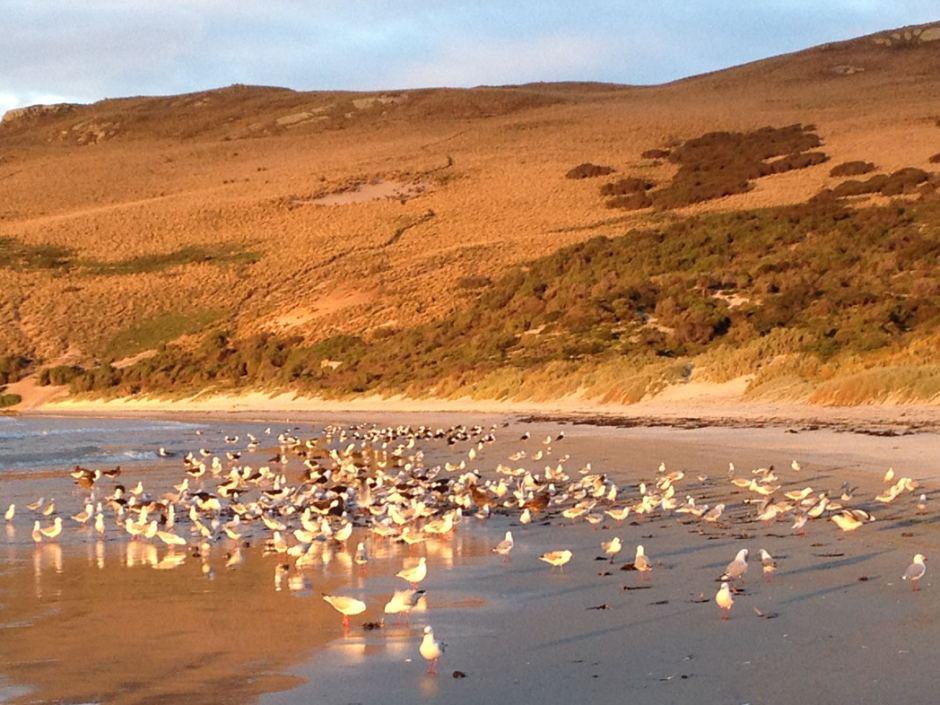
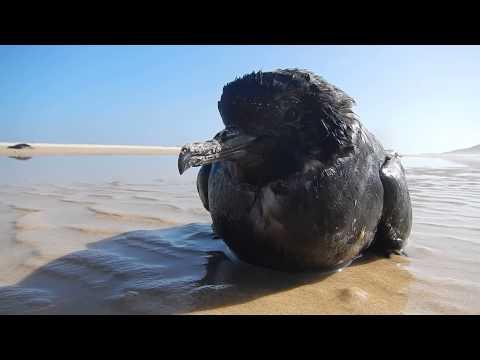
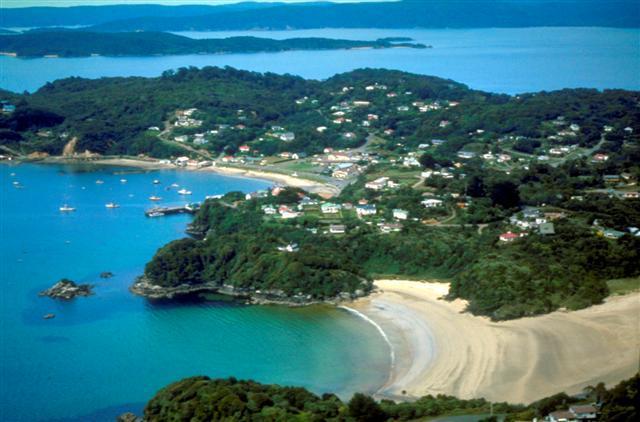
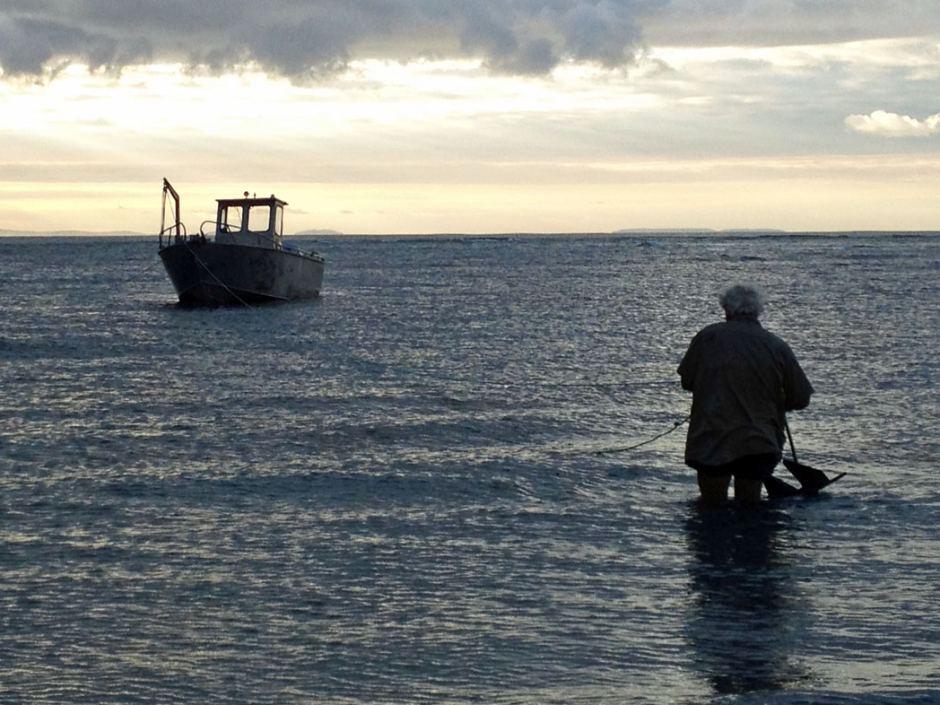
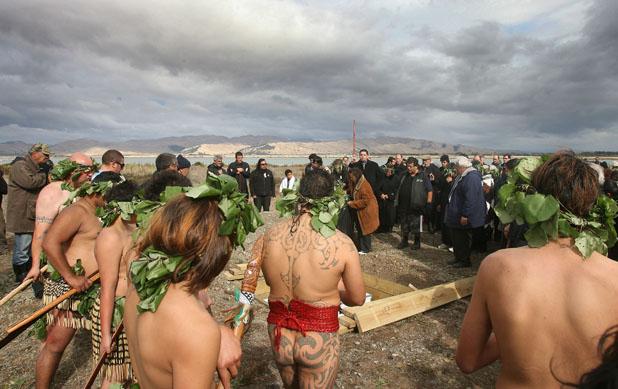
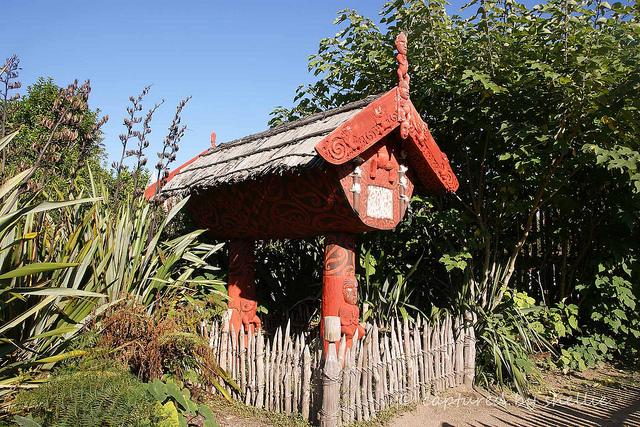
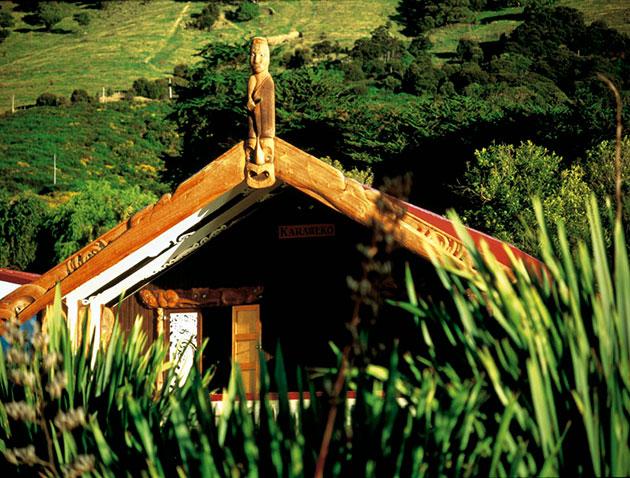
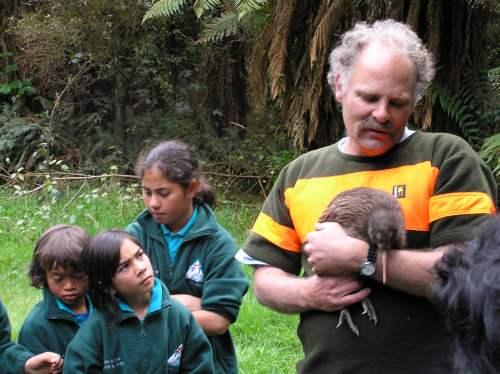
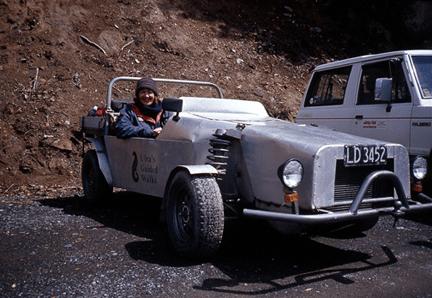
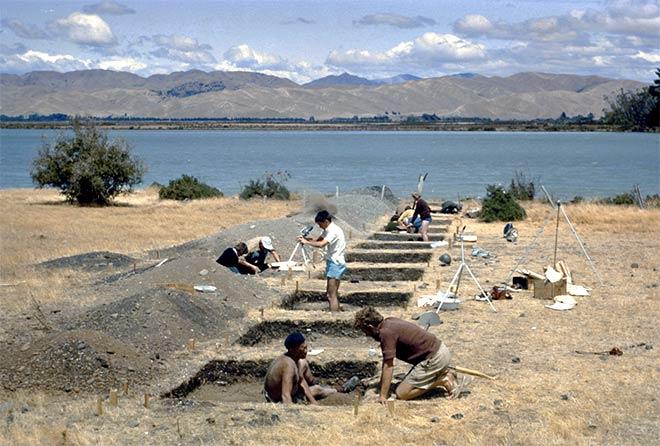
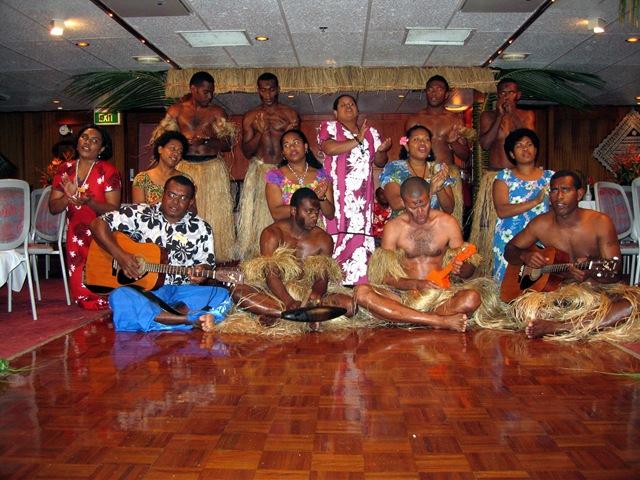
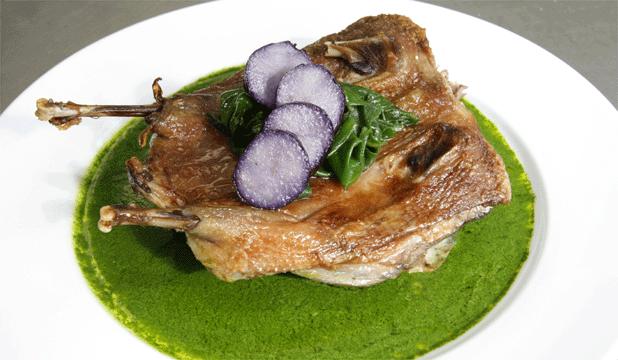
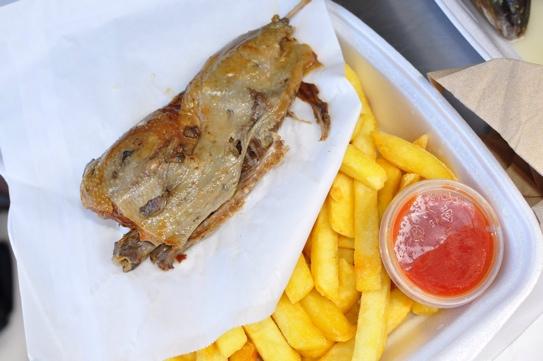

An April voyage to the Muttonbird Island is the highlight of the year for many Maoris of southern New Zealand. There they catch the young sooty shearwaters or muttonbirds, which are preserved and eaten as a delicacy. For the Maoris muttonbirding means good food, a holiday-and an income.
THE MUTTONBIRD or sooty shearwater has occupied an important place in Maori life since prehistoric times, and many a pakeha-Maori word for a white man-has come to relish the muttonbird not only as a food but as a delicacy. The preserved young birds with their oily, semi-filleted bodies and spindly drumsticks appear in most fish-shop windows the country over. A bird of two hemispheres, the sooty shearwater breeds in New Zealand waters. It is particularly plentiful about the islands of Foveaux Strait and those off Stewart Island, at the extreme south of New Zealand.
Towards the end of September the birds begin to arrive. They come in their millions, and before long adult muttonbirds are tidying up their last year’s burrow, a tunnel of from one to four feet, at the end of which is the breeding chamber with its rough nest of leaves and stalks. The hen bird lays a single egg, and at length the chick emerges, clad in a thick coat of grey down. Within a few days of its hatching the nestling is left very much of its own devices by its parents. They return every few night to give it a meal by regurgitation-a blow-out fish oil which may sometimes be of greater weight than the recipient itself.
The chick put on weight fast and, if the season is a good one, soon becomes a little tub of fat. It lives a stay-at-home existence until near fledging time, when it begins to venture out a little, unusually at night, to stretch and get the feel of its wings. This exercise leads at length to the young bird taking to the air to join the great family of wanderers, destined to roam the oceans until the return of spring to the Southern Hemisphere, New Zealand sees the apparently endless stream of returning muttonbirds begins to flow again.
Southland’s original Maori settlers are said to have been people who came from the north on war like mission and liked the place so much that they could not bring themselves leave it. Even in those days it was a land of plenty. The sea was teeming with fish; seals were abundant, and the bush was was full of birds. To the islands offshore came in season the shearwaters and other seabirds, assuring a bounteous supply of winter food. Tribal and family rights became affective over the various muttonbirds islands, and when Stewart Island was ceded to the Crown in 1864, certain islands were reserved for the taking of birds. Definite localities were assigned to different owners, and these rights have been exercised by succeeding generations of the original families ever since, the rights being extended to those who marry into the beneficiary families, whether they are Maori or pakeha.
Are you interested to know more about the Muttonbirds and Maoris?
Let us hear from you at +91 33 4046 4646
As suggested and to be customized as per request

 Loading..
Loading..